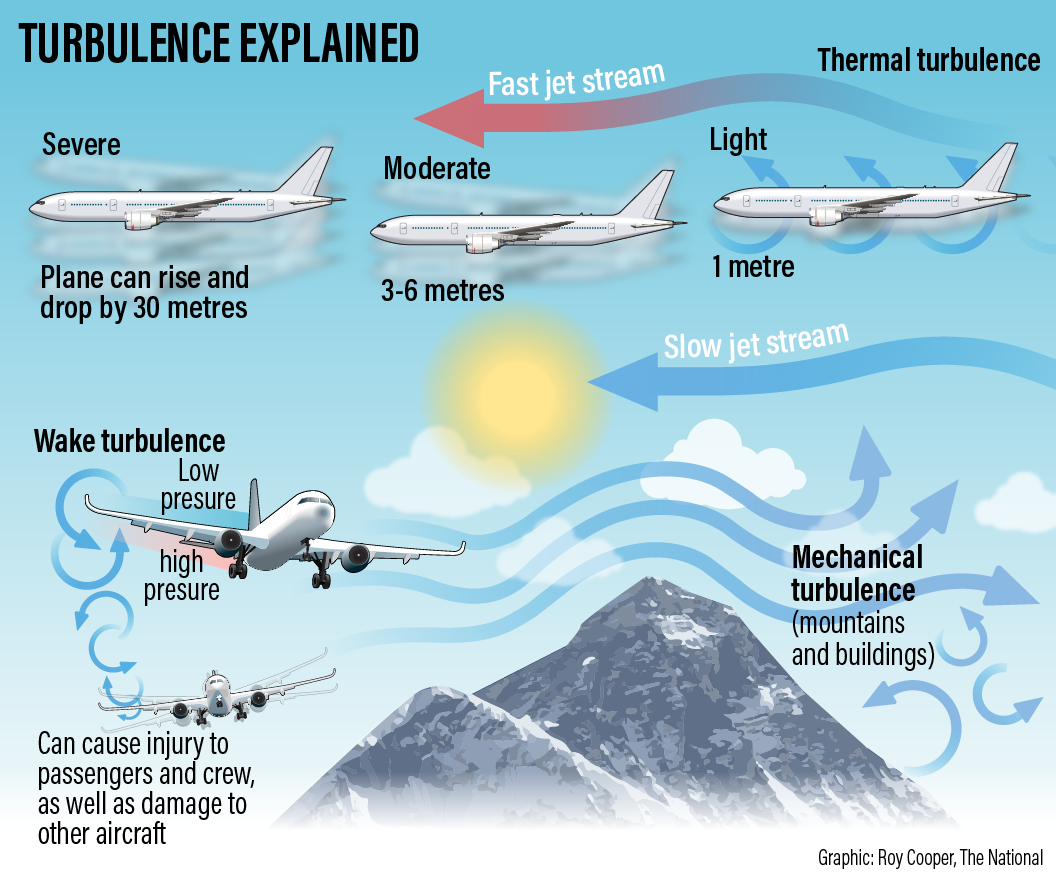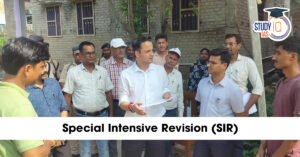Table of Contents
Local Environmental Footprints
Context: A recent study revealed significant disparities in environmental footprints among Indian households across different economic classes.
Study Overview
- Title: “Water, air pollution and carbon footprints of conspicuous/luxury consumption in India.”
- Focus: Examines CO2, water, and particulate matter (PM2.5) footprints associated with luxury consumption among different economic classes in India.
- Luxury Consumption Basket: Includes dining out, vacations, furniture, social events, etc.
Methodology
- Input/Output Analysis: The study used this method to map household consumption to the resources/materials involved in production.
- Water Footprint: Quantified water usage throughout production stages and direct household usage.
- 5 Footprint: Included embedded and direct emissions from household activities like fuelwood and vehicular fuels.
- CO2 Footprint: Captured both embedded and direct CO2 emissions from household consumption.
Key Findings
- Increase with Wealth: Environmental footprints increase from poorer to richer economic classes.
- Richest 10%: Footprints are approximately double the overall average.
- Surge in Footprints: Notable increase from the ninth to the 10th decile:
- Air Pollution Footprint: Increased by 68%.
- Water Footprint: Increased by 39%.
- CO2 Emissions: Increased by 55%.
- Top Decile Consumption: Reflects substantial increases in environmental footprints, primarily due to luxury consumption.
Key Contributors to Environmental Footprints
- Eating Out/Restaurants: Significant contributor across all three footprints in top decile households.
- Water Footprint: Driven by the consumption of fruits and nuts in the 10th decile.
- Luxury Items: Personal goods, jewellery, and eating out contribute to increased CO2 and air pollution footprints.
- Fuel Use: Poorer households using firewood highlight contrasting impacts of energy transitions:
- Transition to LPG: Reduces direct footprints, but affluent lifestyle choices increase PM2.5 and CO2 footprints.
Comparative CO2 Footprint
- Top Decile in India: The average per capita CO2 footprint is 6.7 tonnes per year.
- Global Average (2010):7 tonnes per capita.
- Paris Agreement Target: 1.9 tonnes CO2eq per capita per year.
- Comparison with U.S. and U.K.: Still below average levels, but significant enough to require policy attention.
Policy Implications
- Elite Lifestyles: Influence broader societal aspirations; policymakers should prioritise reducing consumption levels of affluent households to align with sustainability goals.
- Environmental Justice: Local and regional environmental issues disproportionately affect marginalised communities.
- Examples: Water scarcity and air pollution impact marginalised groups more, while affluent sections afford protective measures like air-conditioned cars and air purifiers.
- Multi-Footprint Analysis: Crucial for addressing environmental justice concerns and ensuring equitable sustainability efforts.
RBI’s Proposed Framework for Project Financing
Context: The Reserve Bank of India (RBI) has proposed a framework to strengthen regulations around financing for projects with long gestation periods in infrastructure, non-infrastructure, and commercial real estate sectors.
Purpose of the Framework
- Objective: Strengthen the regulatory framework for financing long-gestation projects in infrastructure, non-infrastructure, and commercial real estate sectors.
- Challenges: Infrastructure projects have long gestation periods with a high probability of financial non-viability.
- They may require longer-tenure loans and face multiple obstacles, leading to delays or cost overruns.
- Statistics: Ministry of Statistics and Programme Implementation’s March review of 1,837 projects found 779 delayed and 449 with cost overruns.
- Delays were due to factors like land acquisition, forest/environment clearances, and changes in scope.
Key Revisions in the Framework
- Mitigation Focus: Addressing ‘credit events’ such as defaults, extension of the Date of Commencement of Commercial Operations (DCCO), need for additional debt, and reduction in Net Present Value (NPV) of projects.
- Provisioning:
- At the construction stage, a general provision of 5% on all existing and fresh exposures is recommended, revised from 0.4%.
- Implemented in a phased manner.
- CareEdge Ratings noted this could reduce bidding interest from infrastructure developers in the medium term.
Prudential Conditions
- All mandatory pre-requisites must be in place before financial closure, including environmental, regulatory, and legal clearances.
- Clear definition of DCCO.
- Financial Disbursals: Linked to stages of project completion and equity infusion progress.
- Independent Certification: Banks must deploy independent engineers or architects to certify project progress.
- Positive NPV Requirement: Mandate a positive NPV for project finance and independent annual re-evaluation of project NPV to avoid stress build-up.
Repayment Norms
- Tenure Limits: Original or revised repayment tenure, including moratorium, must not exceed 85% of the economic life of the project.
- Repayment Schedule Revision:
- Allowed before DCCO if project scope and size increase.
- Must be reassessed for viability if project cost risk (excluding overruns) is 25% or more of the original outlay.
- Standby Credit Facility: Guidelines for triggering a standby credit facility sanctioned at financial closure to fund overruns due to delays.
Impact on Financial Institutions
- Higher provisioning requirements may impact near-term profitability of non-banking financial companies and infrastructure financing companies (ICRA observation).
- Major banks (SBI, Union Bank of India, and Bank of Baroda) expressed confidence that the proposal would not have a significant impact.
Turbulence
Context: One person died, and some injuries were reported in a Singapore Airlines flight (SQ321) from London to Singapore when it encountered severe turbulence.
What is Turbulence?
- Turbulence is a disruption of airflow over the wings of an aeroplane, causing irregular vertical motion.

- There are at least seven kinds of turbulence:
- Clear Air Turbulence (CAT): Occurs in clear skies, usually at high altitudes, and can be caused by wind shear within the jet stream.
- Frontal Turbulence: Happens near weather fronts where warm and cold air masses meet, leading to unstable air and potential thunderstorms.
- Mechanical Turbulence: Caused by obstructions on the ground, like buildings or mountains, that disrupt the flow of air.
- Convective Turbulence: Results from thermal columns or rising warm air, often associated with cumulus clouds and thunderstorms.
- Wake Vortex Turbulence: Generated by the wingtips of large aircraft, creating swirling vortices that can affect following aircraft.
- Wind Shear: Sudden changes in wind direction, usually near thunderstorms or jet streams.
- Mountain Waves: Oscillations on the downwind side of mountains when strong winds flow towards mountains perpendicularly.
Are Turbulence Incidents Dangerous?
- The danger depends on the nature and intensity of the turbulence.
- Pilots are trained to handle turbulence, but severe cases have caused accidents.
- Contributing factors include poor pilot training, lack of weather information dissemination, and inadequate weather forecasting.
- Example: In 2022, a SpiceJet Boeing 737-800 encountered severe turbulence, resulting in injuries to passengers.
Passenger Safety Measures
- The Federal Aviation Administration (FAA) advises passengers to keep their seat belts fastened at all times.
- Passengers should:
- Follow flight attendants’ instructions.
- Pay attention to seat belt signs.
- Use seat belts even when the flight appears smooth.
- Ensure children have appropriate safety devices.
- Store carry-on items securely.
Airlines’ Avoidance Measures
- The FAA recommends airlines to:
- Enhance communication with pilots.
- Monitor weather patterns and adjust flight paths accordingly.
- Advise pilots on potential turbulence areas.
- Use weather data to plan safer routes and avoid hazardous conditions.
Examples, Data And Case Studies
- Governance (GS 2): The Supreme Court ruled that lawyers, as professionals, cannot be subjected to legal proceedings for providing faulty services under the Consumer Protection Act 2019 (CPA).
- However, it rejected similar arguments for medical professionals and decided that its judgement in Indian Medical Association vs V P Shantha (1995) should be referred to a larger bench for reconsideration.


 World Population Day 2025, Themes, Histo...
World Population Day 2025, Themes, Histo...
 Special Intensive Revision (SIR) in Biha...
Special Intensive Revision (SIR) in Biha...
 List of Military Exercises of India 2024...
List of Military Exercises of India 2024...





















